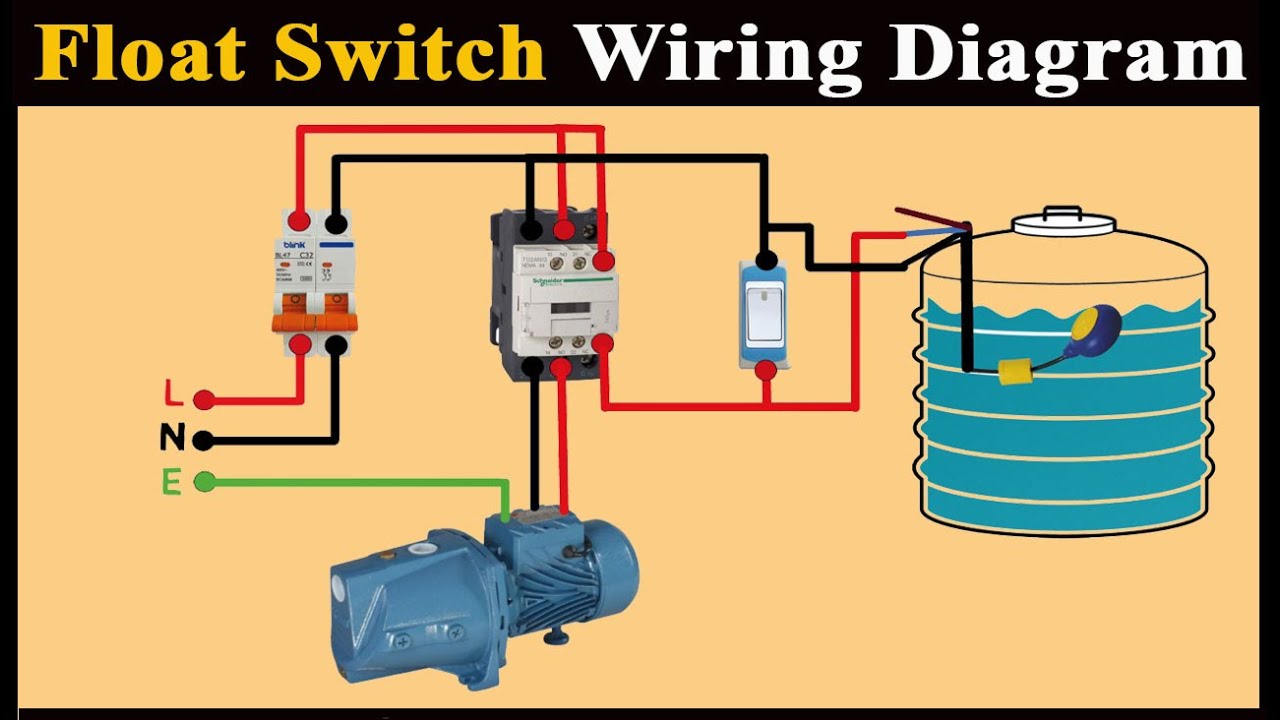The Anti-lock Braking System (ABS) is a crucial safety feature in modern vehicles, preventing wheels from locking up during braking. However, when the ABS light illuminates on your dashboard, it could indicate a problem that needs addressing. Driving with the ABS light on is not recommended, as it may compromise your vehicle’s braking efficiency. This article will guide you through the steps on how to turn off the ABS light, explaining the common causes and providing solutions for each scenario.
Understanding the ABS Light

Before diving into the solutions, it’s essential to understand what the ABS light signifies. The ABS system uses sensors to monitor wheel speed and modulate braking pressure, ensuring the wheels don’t lock up during hard braking. When the ABS light turns on, it generally means that the system has detected an issue and has disabled itself to prevent potential damage.
Common Causes of ABS Light Illumination

- Faulty ABS Sensors: The ABS system relies on sensors to monitor the speed of each wheel. If one or more sensors fail, the system may trigger the ABS light.
- Wiring Issues: Damaged or corroded wires can disrupt the communication between the ABS sensors and the vehicle’s Electronic Control Unit (ECU), causing the light to turn on.
- Low Brake Fluid: The ABS system requires an adequate level of brake fluid to function properly. Low brake fluid can trigger the ABS light.
- Damaged ABS Module: The ABS module is the brain of the system. If it malfunctions, the ABS light may illuminate.
- Worn Brake Pads: Although not directly linked to the ABS, severely worn brake pads can cause the system to behave unpredictably, leading to the ABS light turning on.
How to Diagnose the ABS Light

Diagnosing the cause of the ABS light is the first step to turning it off. Here are some steps you can follow to identify the issue:
Step 1: Perform a Visual Inspection
Before using any diagnostic tools, perform a thorough visual inspection. Check the brake fluid level, inspect the ABS sensors and wiring for visible damage, and ensure the brake pads are in good condition.
Step 2: Use an OBD-II Scanner
An OBD-II scanner is a valuable tool that can read the diagnostic trouble codes (DTCs) stored in your vehicle’s ECU. These codes provide specific information about what triggered the ABS light.
- Connect the OBD-II Scanner: Locate the OBD-II port in your vehicle, usually found under the dashboard, and connect the scanner.
- Read the Codes: Turn on the ignition (without starting the engine) and follow the scanner’s instructions to retrieve the ABS-related codes.
- Interpret the Codes: Use the scanner’s manual or an online database to interpret the codes. This will give you a clear indication of what part of the ABS system is malfunctioning.
Step 3: Conduct a Test Drive
After performing the visual inspection and using the OBD-II scanner, take your car for a short test drive. Pay attention to how the ABS system behaves during braking. If the ABS light turns off during the drive, it may indicate a temporary issue that has resolved itself. However, if the light remains on, further action is needed.
How to Fix the ABS Light

Once you have diagnosed the problem, it’s time to fix the issue and turn off the ABS light. Below are detailed instructions for each common cause:
Fix 1: Replace Faulty ABS Sensors
If the OBD-II scanner indicates a problem with the ABS sensors, replacing the faulty sensor(s) may resolve the issue.
- Identify the Faulty Sensor: The scanner should specify which sensor is malfunctioning. Each wheel has its own ABS sensor.
- Remove the Faulty Sensor: Locate the sensor on the corresponding wheel. It’s usually mounted near the brake rotor. Unplug the sensor’s electrical connector and remove it using the appropriate tools.
- Install the New Sensor: Insert the new sensor into the same location and secure it in place. Reconnect the electrical connector.
- Clear the ABS Codes: After replacing the sensor, use the OBD-II scanner to clear the stored ABS codes. This should turn off the ABS light.
Fix 2: Repair or Replace Damaged Wiring
If the issue is related to the ABS wiring, repairing or replacing the damaged wires can solve the problem.
- Inspect the Wiring: Follow the wiring from the ABS sensors to the ECU, looking for any signs of damage, such as frayed wires or corrosion.
- Repair the Wiring: If the damage is minor, you can use electrical tape or soldering to repair the wires. For extensive damage, consider replacing the affected wiring harness.
- Test the System: After repairing the wiring, clear the ABS codes with the OBD-II scanner and test the system by driving the vehicle. If the light remains off, the issue is resolved.
Fix 3: Top Up Brake Fluid
Low brake fluid is a simple issue to fix, but it’s crucial to address it promptly.
- Check Brake Fluid Level: Locate the brake fluid reservoir under the bonnet. Check the fluid level and ensure it’s between the minimum and maximum marks.
- Add Brake Fluid: If the fluid level is low, top it up with the recommended type of brake fluid for your vehicle. Be careful not to overfill.
- Bleed the Brakes (if necessary): If air has entered the brake lines due to low fluid, you may need to bleed the brakes to remove any air bubbles.
- Clear the ABS Codes: Use the OBD-II scanner to clear the codes, then check if the ABS light has turned off.
Fix 4: Replace the ABS Module
A malfunctioning ABS module is more challenging to replace and may require professional assistance.
- Confirm the Diagnosis: Ensure that the ABS module is indeed the issue by verifying the OBD-II codes and conducting further tests if necessary.
- Remove the Old Module: The ABS module is typically located near the brake master cylinder. Disconnect the battery, unplug the module’s electrical connectors, and remove it using the appropriate tools.
- Install the New Module: Install the new ABS module in the same location, reconnect the electrical connectors, and reattach the battery.
- Reprogram the Module (if necessary): Some ABS modules may require reprogramming or calibration after installation. Consult your vehicle’s manual or a professional mechanic.
- Clear the ABS Codes: After installation, clear the ABS codes with the OBD-II scanner and verify if the light has turned off.
Fix 5: Replace Worn Brake Pads
Worn brake pads, although not directly linked to the ABS, can cause braking issues that may trigger the ABS light.
- Inspect the Brake Pads: Check the thickness of the brake pads. If they are worn down to 3mm or less, they need replacing.
- Replace the Brake Pads: Remove the wheel, unbolt the brake caliper, and replace the old brake pads with new ones.
- Test the Brakes: After replacing the brake pads, test the brakes by driving the vehicle. Clear any ABS codes if necessary.
When to Seek Professional Help
While many ABS light issues can be resolved at home, some problems require the expertise of a professional mechanic. If you are unsure about diagnosing or fixing the issue, or if the ABS light remains on despite your efforts, it’s advisable to seek professional help.
Persistent ABS Light
If the ABS light stays on even after you’ve addressed the issue, there may be a deeper, more complex problem with the system. A mechanic with specialised tools and knowledge can diagnose and repair these issues more effectively.
ABS Module Reprogramming
As mentioned earlier, some ABS modules require reprogramming after replacement. This is not something most car owners can do at home, as it requires specialised equipment and software.
Complex Wiring Issues
If the ABS light is caused by extensive wiring damage, a professional may need to replace entire wiring harnesses or conduct more in-depth electrical repairs.
Preventative Measures to Keep the ABS Light Off
To avoid future ABS issues, it’s essential to maintain your vehicle regularly. Here are some preventative measures:
- Regular Brake Fluid Checks: Check your brake fluid levels every few months and top up if necessary.
- Inspect Brake Pads: Regularly inspect and replace your brake pads before they wear down completely.
- Check ABS Sensors and Wiring: Periodically inspect the ABS sensors and wiring for any signs of damage or corrosion.
- Schedule Regular Servicing: Have your vehicle serviced regularly to ensure all systems, including the ABS, are functioning correctly.
Conclusion
The ABS light is a crucial indicator that should not be ignored. While it may be tempting to dismiss it as a minor issue, the ABS system plays a vital role in your vehicle’s safety. By understanding the common causes of ABS light illumination and following the steps outlined in this guide, you can diagnose and fix the problem, ensuring your ABS system functions correctly. If in doubt, always seek professional help to maintain your vehicle’s safety and performance.
Share this content:



